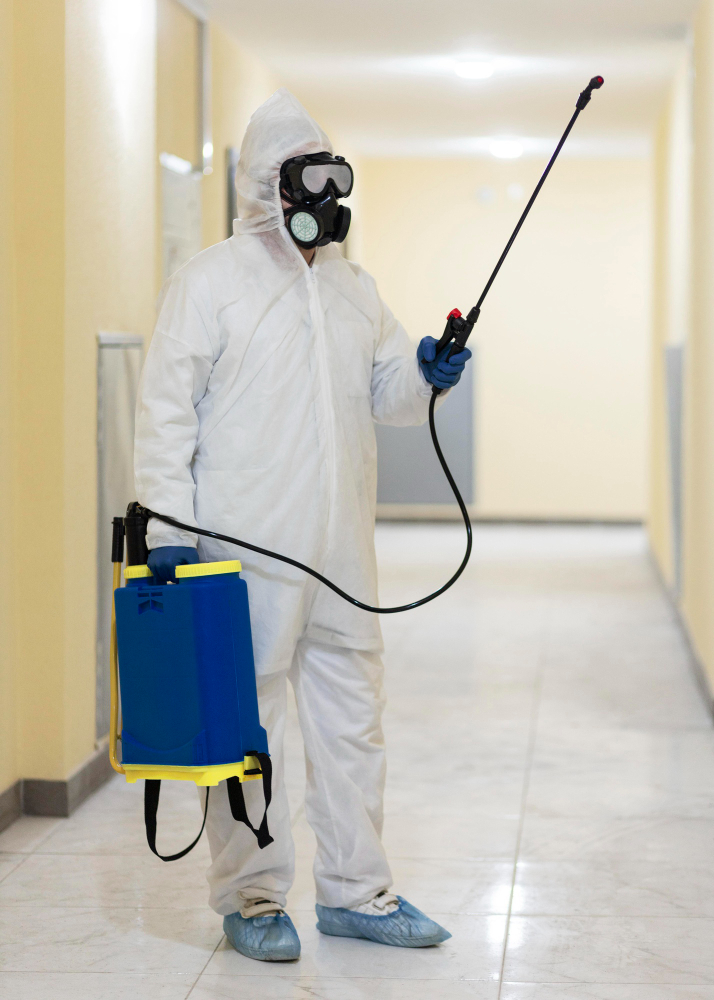With a wide variety of pest sprays, gels, and traps available at your local store, it’s easy to believe you can solve any bug or rodent issue yourself. While DIY pest control products are often marketed as quick, affordable solutions, they can come with hidden risks—especially when misused or overused.
At Jason’s Pest Control, we’ve seen firsthand the damage that DIY pest treatments can cause, not just to homes, but to the health of those living in them. If you’re considering tackling a pest problem on your own, here are some important dangers and drawbacks you need to be aware of.
1. Health Risks to People and Pets
Many store-bought pest control products contain chemicals that can be harmful if inhaled, ingested, or absorbed through the skin. This is particularly dangerous in homes with small children, elderly residents, or pets.
Potential Hazards Include:
- Respiratory issues from aerosol sprays used in poorly ventilated rooms
- Skin and eye irritation from direct contact with baits, traps, or powder-based products
- Accidental poisoning, especially with improperly stored rodent baits or ant gels
- Cross-contamination, such as pesticide residue being left on countertops, toys, or pet bowls
Unlike licensed professionals, most homeowners are not trained in how to apply these products safely or in the correct dosages, increasing the chance of exposure.
2. Incorrect Application Leads to Poor Results
Many DIY pest control efforts fail simply because the products are applied incorrectly. Each pest species has different habits, entry points, and nesting locations that affect how and where treatment should be applied.
Common mistakes include:
- Spraying surfaces pests don’t frequent
- Placing bait in the wrong location
- Using outdoor products inside the home
- Not addressing the root cause (like access to food or moisture)
This often results in wasted time and money, while the pest population continues to grow unnoticed behind walls or under floors.
3. Pest Resistance and Reinfestation
Overusing or misusing over-the-counter pesticides can lead to pest resistance, where insects become immune to common treatments. This is particularly problematic with ants, cockroaches, and bed bugs, which can quickly adapt.
Instead of solving the problem, repeated use of low-strength DIY products may push pests into harder-to-reach areas, making them more difficult to remove later. Reinfestation is common, as the source of the problem is rarely eliminated by surface-level sprays alone.
4. Fire and Structural Hazards
Some DIY treatments can create physical risks to your property:
- Aerosol foggers, also known as bug bombs, can be flammable if used near pilot lights or heat sources.
- Improper sealing of wall cavities or roof voids with pesticide dusts can lead to moisture problems or even insulation damage.
- Over-application can corrode building materials, damage paint, or ruin electrical components.
Professional pest technicians assess these risks before treatment and use products that are suitable for your home’s materials and design.
5. Misidentifying the Pest Problem
DIY pest control often fails because the homeowner misidentifies the pest or misunderstands the severity of the infestation. For example:
- You may think you have black ants, but they’re actually carpenter ants, which can damage wood structures.
- What appears to be mouse droppings could actually belong to roof rats, requiring a different trapping method and entry-point control.
- Termites may not be visible at all until structural damage is already underway.
Using the wrong treatment wastes time and allows pests to continue multiplying in hidden areas.
6. Short-Term Fixes Hide Long-Term Issues
Most over-the-counter solutions only address surface-level symptoms, such as visible bugs or droppings. These treatments might provide temporary relief, but they don’t resolve the root of the problem, such as:
- Hidden nests or colonies
- Structural vulnerabilities
- Moisture sources
- Food and waste access
Without a thorough inspection and long-term prevention plan, pests will likely return—sometimes worse than before.
7. Environmental Harm
Improper disposal of pesticides and containers can harm the environment. Residue can wash into stormwater drains or seep into soil, affecting local wildlife and water quality.
Licensed pest controllers use products that are approved, regulated, and applied in ways that reduce environmental impact. We also ensure that excess chemicals are disposed of safely and responsibly.
When Professional Pest Control is the Better Choice
DIY products may seem like the cheaper option at first, but they often lead to greater expense in the long run. From repeat purchases and damage repair to health concerns and environmental impact, the hidden costs add up quickly.
- Accurate identification of pest species
- Safe, targeted treatments that minimise exposure
- Long-lasting pest prevention plans
- Detailed inspection reports and expert recommendations
Our team is trained, licensed, and insured—providing you peace of mind and real results.
Don’t Risk It. Get It Done Right the First Time.
While it may be tempting to handle pests yourself, the risks involved with DIY pest control products often outweigh the benefits. When it comes to protecting your home and family, nothing beats the safety, efficiency, and expertise of professional service.
If you’re currently battling pests—or you’ve tried home treatments that just aren’t working—contact Jason’s Pest Control. We’ll inspect your home, explain the real cause of the problem, and apply the right solution that keeps pests away for good.
Book your professional pest inspection today and leave the risks of DIY behind.


